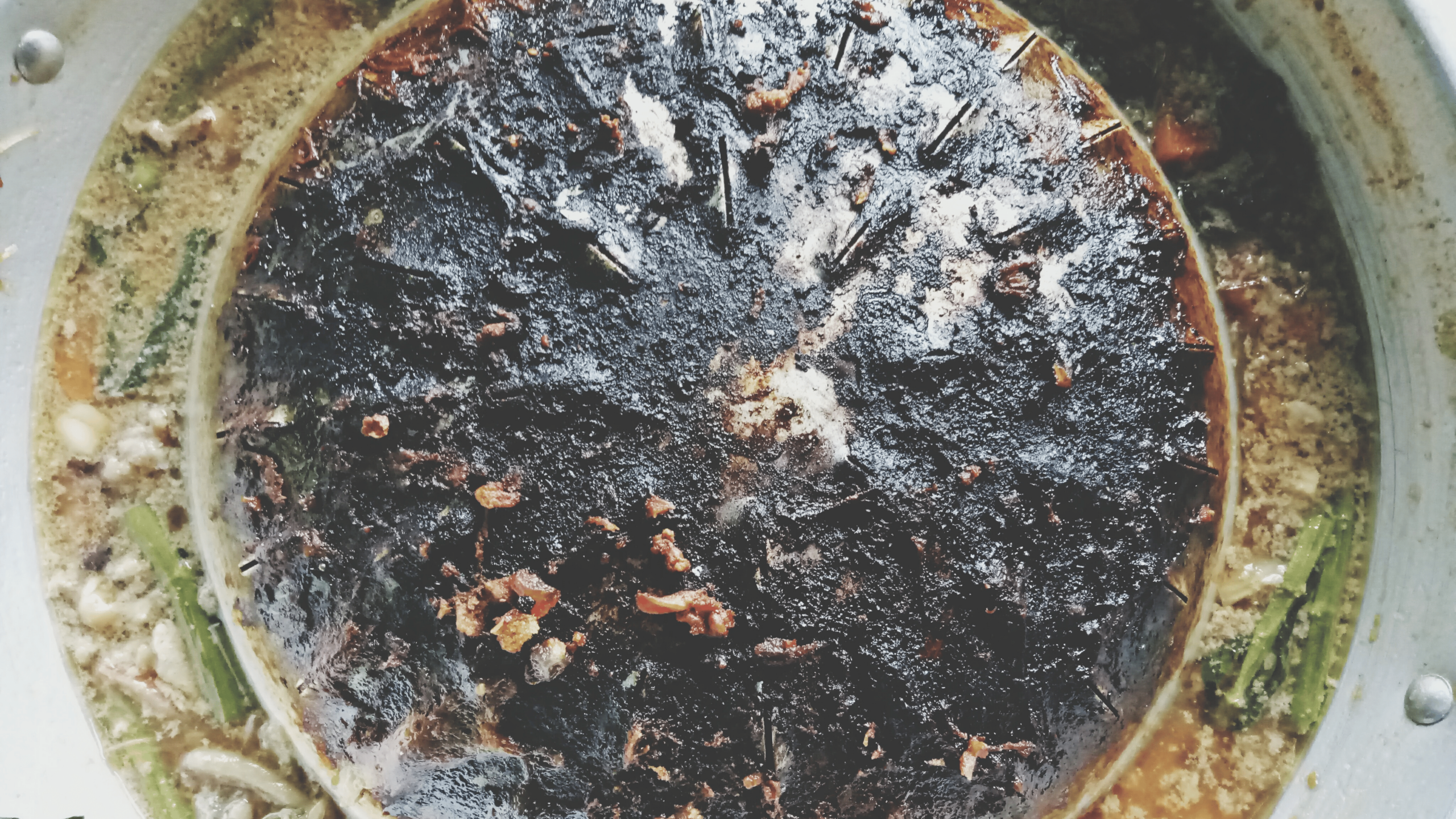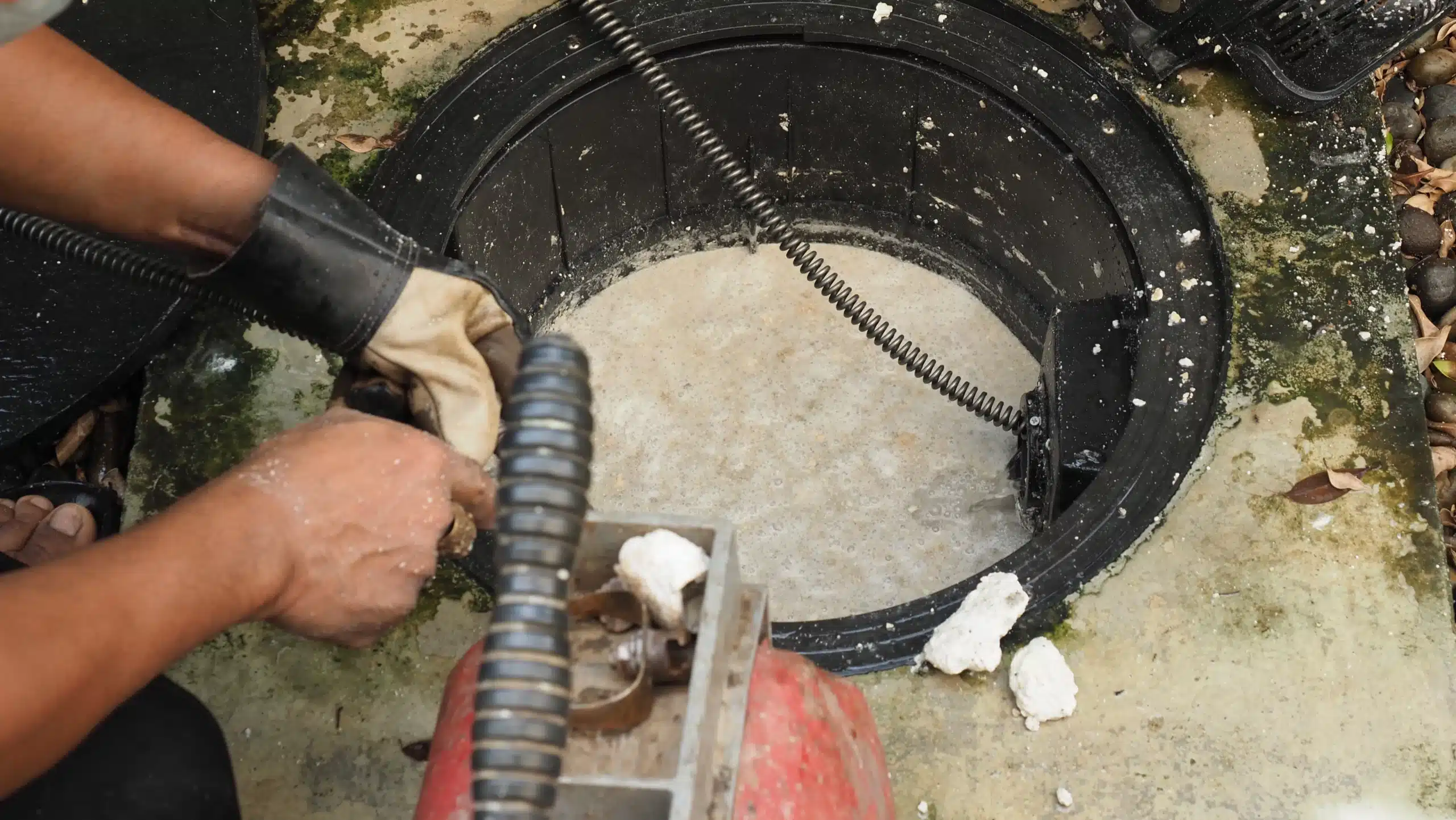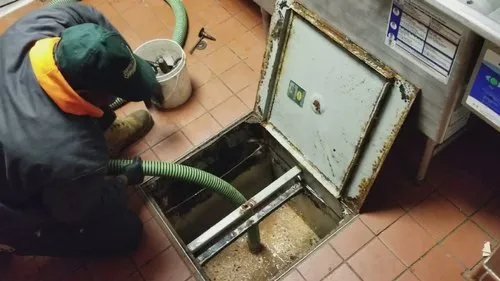After you have installed a grease trap of the right size for your business as is required by the law, you need to keep track of its condition consistently. This means doing proper and timely grease trap service.
You need to make sure that the FOG (fats, oils, and grease) tank is cleaned regularly to prevent overflow, unpleasant odors, and other complications.
A general guideline for grease tank maintenance is to clean it when it reaches to about 25 percent capacity with FOG. The reason is that a FOG trap that is more than a quarter full can’t work efficiently. It may let grease seep into the sewage system, and in return, this would attract hefty fines from the authorities.
To have peace of mind so that you can concentrate on running your business, hire professionals for timely grease trap pumping.
The professional service will handle regular FOG tank cleaning, maintenance, and repair. This way, you won’t miss any scheduled cleanings, which could otherwise lead to significant issues.
While cleaning every 30 to 90 days is often recommended, this timeframe isn’t fixed. Sometimes, you may need to clean it sooner or, in other cases, a bit later. Of course, it depends on the size of your grease tank, and how busy your food business is.
Here are several reasons to schedule your grease trap maintenance today:
1. Stop nasty odors coming from the grease trap
If a bad odor is coming from the grease trap into the kitchen, it’s a sign that the trap is overdue for cleaning. This smell comes when there is a breakdown of the grease by bacteria, producing hydrogen sulfide gas.
And it is not just the smell you have to worry about, because the gas can also corrode the metal parts. If your grease trap is made of steel, this corrosion can reduce its lifespan.
Even if your FOG tank is made of non-corrosive material, the bad odors can drive customers away. It can also affect the health of your kitchen staff if the smell backs up to the sinks.
A foul smell indicates that cleaning is past due. Thus, once the contractor vacuums the grease and cleans the trap, the odor should dissipate.
2. Reduce or eliminate downtimes in your kitchen
Your kitchen is the core of your, and indeed, any other food business. Therefore, keeping it running all the time is very important.
Customers come to your restaurant expecting timely service, and if they experience delays, they may turn to competitors or leave negative reviews online.
An overflowing grease trap can lead to unpleasant smells in the kitchen, disrupting food preparation. Employees may even have to stop working until the smell is resolved because it can affect their health.
To avoid this, arrange regular grease trap inspection with a dependable contractor. They will handle the cleaning, and inspect the tank for repairs. While they will charge you for these services, they do the hard work, and leave you free to focus on other aspects of your business.
Timely cleaning of your grease interceptor also prevents clogging issues that can interfere with proper sink drainage, helping to maintain a clean and healthy kitchen environment.
3. To empty the F.O.G collected
In the food industry, seasonal rushes are common, leading to more activity in the kitchen. During these times, the grease trap may need cleaning earlier than planned. You should be able to contact your contractor to arrange an additional cleaning.
The grease trap can fill up faster if too much water or grease goes down the sink or if there’s a blockage in the outlet pipe, which would stop water from draining into the sewer. When this happens, technicians will check for clogs and resolve them to prevent similar future issues.
Since water flows continuously from the kitchen, the tank may fill up quickly, causing the grease to rise and push against the lid. If you notice that the sink drainage has slowed down, it is time to inspect the grease interceptor immediately.
4. You have a reputation to protect
A clean FOG tank not only provides peace of mind but also ensures a satisfying dining environment for your customers. Schedule a cleaning after a busy period, like the weekend or the holiday season.
If you see signs of trouble with your kitchen’s plumbing, it may be linked to the grease trap. Looking into it promptly can prevent customers from noticing any issues, as a single negative social media post can harm your hard-earned reputation.
Seepage around the grease trap area is another warning sign that it needs immediate attention. Contact your grease interceptor service to pump it and check for possible issues.
5. Excessive grease has been getting into the grease trap from the kitchen
Sometimes, your kitchen staff may mistakenly allow too much hot grease into the grease trap. If this has been happening, schedule an immediate cleaning rather than waiting for the tank inlet to clog, which could cause sinks to overflow.
If sink strainers aren’t in place to catch food particles, the trap may need more frequent cleaning, as solids settling in the first chamber will cause it to fill faster.
If the kitchen has been unusually busy, assume the worst and arrange a grease trap check for your peace of mind.
6. For preventing clogs and backups
Busy kitchens continuously produce grease, oil, and food particles, which can solidify and accumulate in grease traps if left unchecked.
This buildup can eventually clog the system entirely. A blocked grease trap disrupts your drainage and poses significant health and safety concerns.
When the sewage backs up, it can spill onto the floors, promote bacterial growth, and create foul odors, deterring customers.
While fixing a clogged grease trap is generally inexpensive, the damage to your equipment, business reputation, and compliance status can be costly.
7. For reducing environmental impact
Many customers choose businesses that share their environmental values. Today, eco-conscious practices are highly valued. When you have a well maintained grease trap, it reduces your environmental footprint.
It captures the fats, oils, and grease (FOG) before they reach the city sewer system, where they would interfere with water treatment processes.
An overflowing grease trap not only leads to environmental pollution, but it may also bring hefty fines. Professional grease interceptor cleaning services handle the safe disposal of grease, ensuring that minimal waste enters landfills and keeping you in line with regulations.
8. To extend the grease trap lifespan
Excessive grease buildup leads to the formation of sulfuric acid and other corrosive gases that can damage essential kitchen equipment. A blocked trap also strains your plumbing, potentially resulting in costly repairs.
Regular grease interceptor pumping preserves the efficiency, minimizes wear on kitchen appliances and lengthens their life spans. Routine maintenance by professionals includes inspecting every part of the trap and repairing minor issues before they can become too big.
9. To improve professional efficiency
A professional kitchen relies on each component running seamlessly. Neglecting grease trap maintenance can lead to bacteria buildup, bad odors, and even health risks. A well-maintained grease interceptor prevents these issues and supports smooth kitchen operations.
Clogged traps slow down drains, which can delay food preparation, disrupt workflow, and negatively affect service at your restaurant. Professional cleaning helps your staff to focus on delivering excellent service without interruptions.
10. To reduce the risk of fire
Although rare, old grease buildup in FOG traps poses a fire risk. FOG buildup can ignite if overheated, endangering your kitchen and staff. On-time pumping eliminates this flammable layer, decreasing the likelihood of a grease fire.
For further precaution, posting “No Smoking” signs around the trap area and keeping a fire extinguisher nearby can further reduce fire risks.
To ensure safety, only allow trained personnel to handle cleaning and maintenance, and never let the grease level exceed a quarter of the tank’s capacity.
11. For compliance purposes
For food businesses that generate used cooking oil, grease traps are legally required to maintain compliance with local regulations.
In addition to installing the right grease trap, many municipalities also require a used cooking oil collection service to minimize environmental impact.
The FOG trap cleaning frequency often depends on the size and activity level of the business. Also, you are required to maintain a proper log to show the health inspectors.
Non-compliance may result in penalties such as cash fines and temporary closures. To avoid all of these, consult a local FOG interceptor company to ensure proper installation and maintenance.
12. Economic benefits
Poor maintenance of your FOG tank, or lack of good restaurant grease trap cleaning, can lead to costly business disruptions and hurt customer loyalty. If your neglect threatens the environment, customers will avoid you.
Regular FOG trap pumping saves you from these risks and protects your investment. Technicians can replace the damaged or worn out parts before they affect other components of the grease trap.
Proactive maintenance helps you avoid expensive repairs or replacements in the future.
In conclusion
If you run a facility that serves food, like a school, hospital, nursing home, or restaurant, regulations require a grease trap installation.
It is your responsibility to avoid disposing of used cooking oils in landfills or sewage. Arrange for grease trap service, and used oil collection to recycle your waste oils into biofuel.
For any non-recyclable grease, collection services will safely dispose of it, protecting the environment and water sources.


